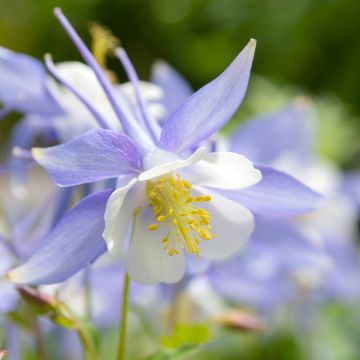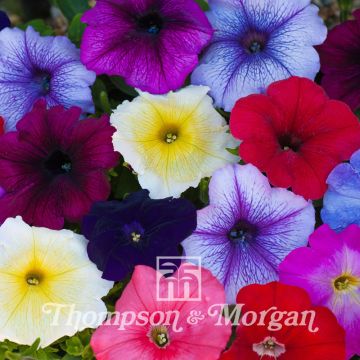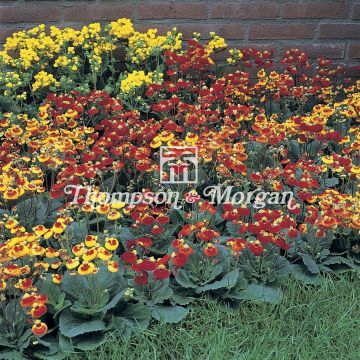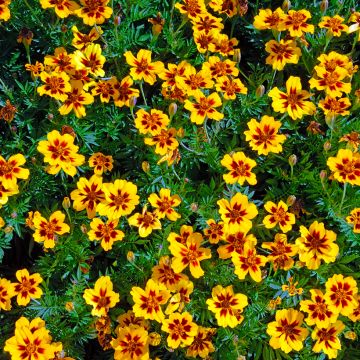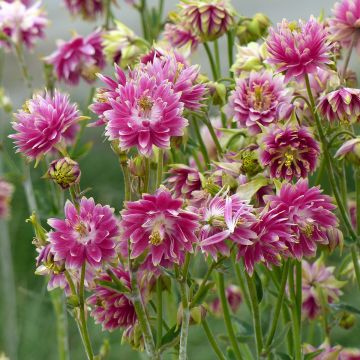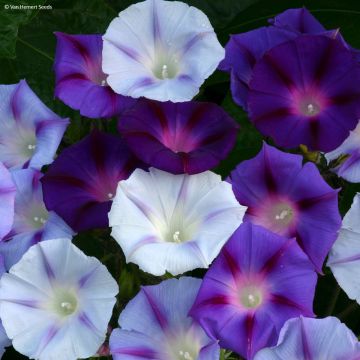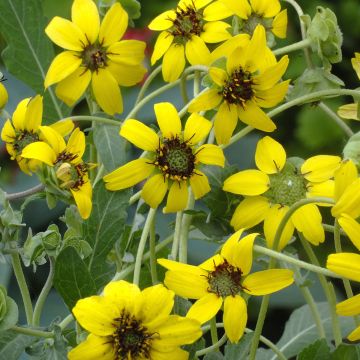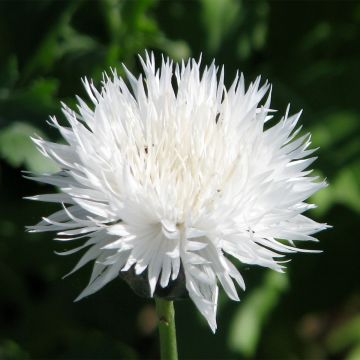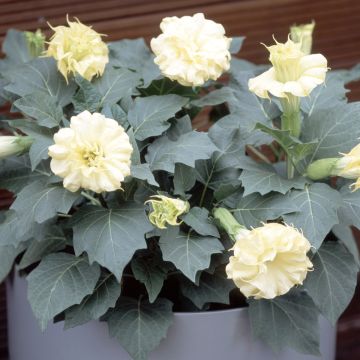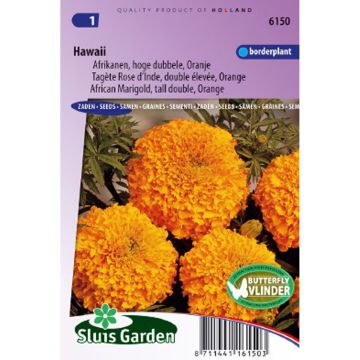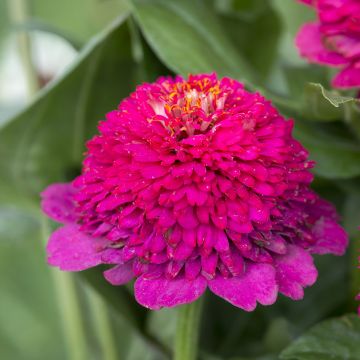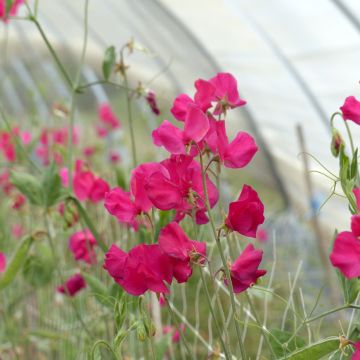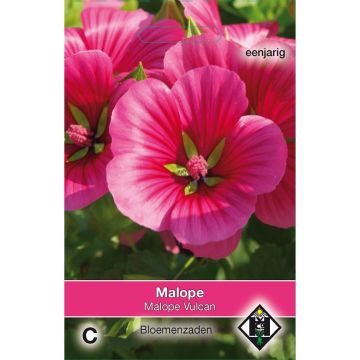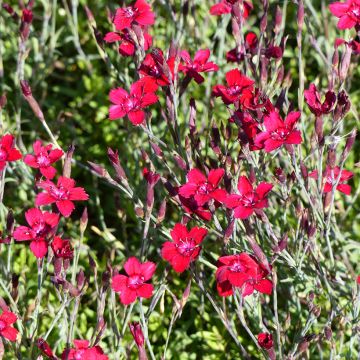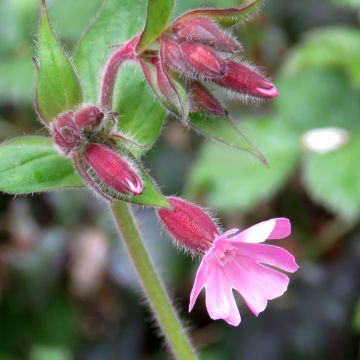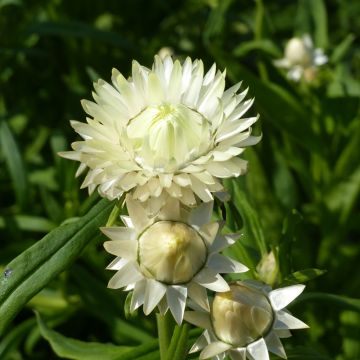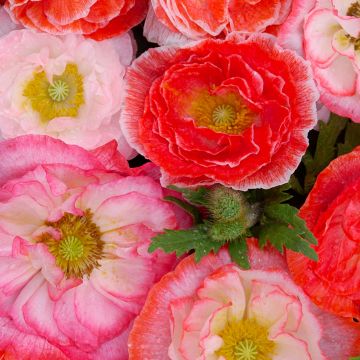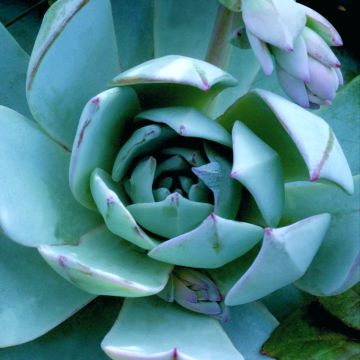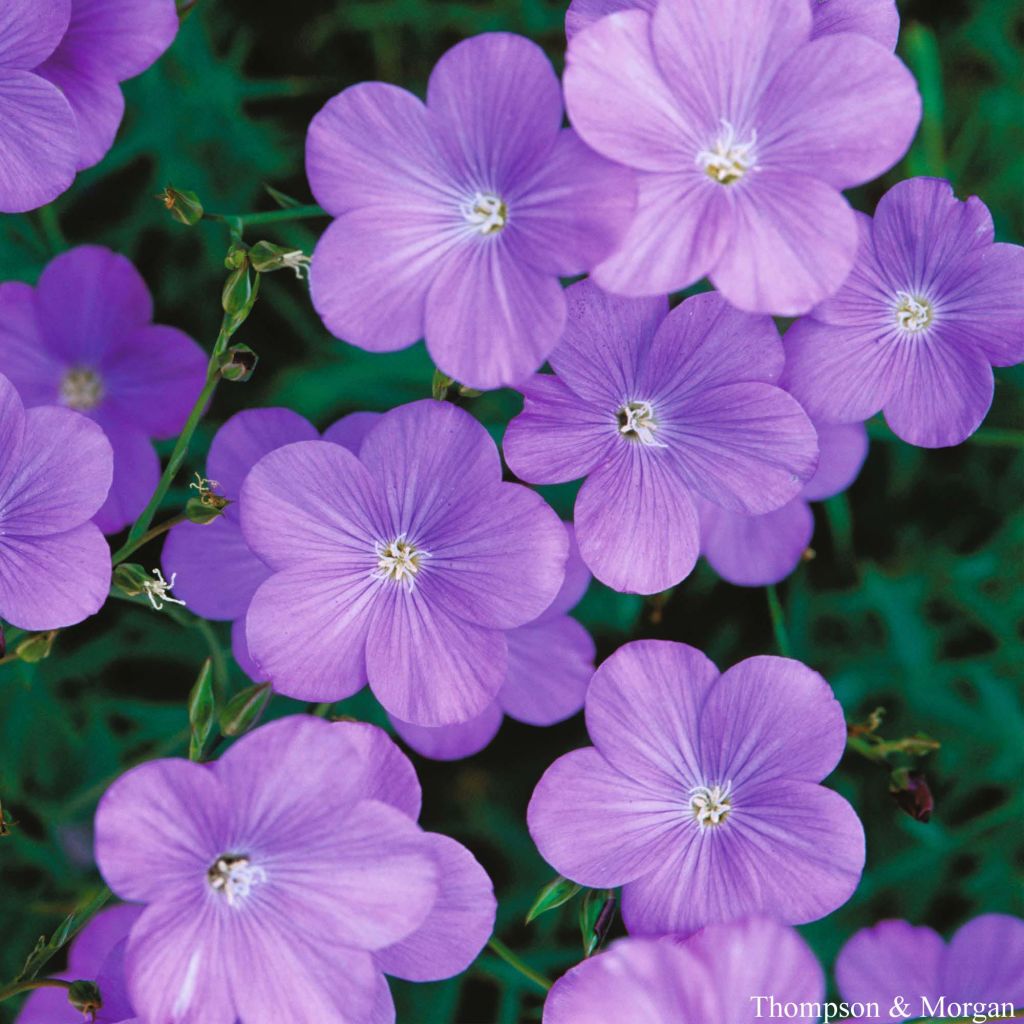

Linum narbonense Heavenly Blue Seeds - Perennial Flax
Linum narbonense Heavenly Blue Seeds - Perennial Flax
Linum narbonense Heavenly Blue
Perennial Flax, Blue Flax
I've sown, I'm waiting for it to shoot. The packet contained very very few seeds. The shoot has to work, otherwise, there won't be enough to do it again a second time. What a shame.
jean-marie B., 27/05/2018
This plant carries a 6 months recovery warranty
More information
We guarantee the quality of our plants for a full growing cycle, and will replace at our expense any plant that fails to recover under normal climatic and planting conditions.
Seed-only orders are dispatched by sealed envelope. The delivery charge for seed-only orders is €3.90.
Does this plant fit my garden?
Set up your Plantfit profile →
Description
Linum narbonense 'Heavenly Blue' is a stunning perennial flax, native to the Mediterranean region. It displays abundant blooms in a beautifully intense shade of sky-blue. The flared flowers are fairly large, carried on slender stems that gently sway in the breeze. They form an erect clump of very soft, greyish green foliage. Ideal for sunny, dry areas of the garden, rock gardens and low-maintenance flower beds.
Linum narbonense occurs naturally on the dry coastal regions of the Mediterranean basin, from the south of France to Portugal and as far as Algeria. This woody-based perennial belongs to the Linaceae family. 'Heavenly Blue' is a beautiful variety, with its large, 4 cm blooms and unique colour. It forms a 40 cm tall clump of erect stems, which sway with the slightest breath of wind. They carry alternate, linear, grey-green leaves and masses of flowers from spring to autumn, depending on the climate. Each flared, cup-shaped bloom is a brilliant shade of sky blue, finely veined with indigo.
Flax is unrivalled for bringing a natural lightness and grace to formal bedding schemes. Although the plants are often short-lived, lasting only a few years, they self-seed easily. Sow perennial flax freely in rock gardens, wildflower meadows, borders and flower beds in light soil. It combines well with the sword-shaped leaves of Iris germanica, filling the space between the stems and taking over once they have finished flowering. It also performs well in pots. Its easy-going elegance suits plants with grey foliage such as Senecio cineraria, wormwood, officinal sage or Phlomis, which require the same growing conditions.
Report an error about the product description
Flowering
Foliage
Plant habit
Botanical data
Linum
narbonense
Heavenly Blue
Linaceae
Perennial Flax, Blue Flax
Cultivar or hybrid
Other Thompson and Morgan seeds
Planting and care
Perennial flax is generally direct sown in spring, in March-April. Sow the seeds 3 mm deep, in furrows spaced 30 cm apart, in loose, well-prepared soil. Water regularly, especially during dry spells. Germination generally takes 20-30 days. When the plants are strong enough to be handled, transplant them every 15 cm. For plants that flower in winter and early spring, sow in late summer or early autumn and grow in pots in a cold greenhouse or veranda. Sow in good quality sowing mix, at a temperature of 18-23°C, and cover with a fine layer of compost or vermiculite. Keep in a light place until germination. Transplant the young plants into pots in a frost-free place until they are ready to be moved outdoors the following spring. Perennial flax gives best results in light, well-drained, even poor, stony soil and full sun.
Sowing period
Intended location
-
, onOrder confirmed
Reply from on Promesse de fleurs
Flower seeds
Haven't found what you were looking for?
Hardiness is the lowest winter temperature a plant can endure without suffering serious damage or even dying. However, hardiness is affected by location (a sheltered area, such as a patio), protection (winter cover) and soil type (hardiness is improved by well-drained soil).

Photo Sharing Terms & Conditions
In order to encourage gardeners to interact and share their experiences, Promesse de fleurs offers various media enabling content to be uploaded onto its Site - in particular via the ‘Photo sharing’ module.
The User agrees to refrain from:
- Posting any content that is illegal, prejudicial, insulting, racist, inciteful to hatred, revisionist, contrary to public decency, that infringes on privacy or on the privacy rights of third parties, in particular the publicity rights of persons and goods, intellectual property rights, or the right to privacy.
- Submitting content on behalf of a third party;
- Impersonate the identity of a third party and/or publish any personal information about a third party;
In general, the User undertakes to refrain from any unethical behaviour.
All Content (in particular text, comments, files, images, photos, videos, creative works, etc.), which may be subject to property or intellectual property rights, image or other private rights, shall remain the property of the User, subject to the limited rights granted by the terms of the licence granted by Promesse de fleurs as stated below. Users are at liberty to publish or not to publish such Content on the Site, notably via the ‘Photo Sharing’ facility, and accept that this Content shall be made public and freely accessible, notably on the Internet.
Users further acknowledge, undertake to have ,and guarantee that they hold all necessary rights and permissions to publish such material on the Site, in particular with regard to the legislation in force pertaining to any privacy, property, intellectual property, image, or contractual rights, or rights of any other nature. By publishing such Content on the Site, Users acknowledge accepting full liability as publishers of the Content within the meaning of the law, and grant Promesse de fleurs, free of charge, an inclusive, worldwide licence for the said Content for the entire duration of its publication, including all reproduction, representation, up/downloading, displaying, performing, transmission, and storage rights.
Users also grant permission for their name to be linked to the Content and accept that this link may not always be made available.
By engaging in posting material, Users consent to their Content becoming automatically accessible on the Internet, in particular on other sites and/or blogs and/or web pages of the Promesse de fleurs site, including in particular social pages and the Promesse de fleurs catalogue.
Users may secure the removal of entrusted content free of charge by issuing a simple request via our contact form.
The flowering period indicated on our website applies to countries and regions located in USDA zone 8 (France, the United Kingdom, Ireland, the Netherlands, etc.)
It will vary according to where you live:
- In zones 9 to 10 (Italy, Spain, Greece, etc.), flowering will occur about 2 to 4 weeks earlier.
- In zones 6 to 7 (Germany, Poland, Slovenia, and lower mountainous regions), flowering will be delayed by 2 to 3 weeks.
- In zone 5 (Central Europe, Scandinavia), blooming will be delayed by 3 to 5 weeks.
In temperate climates, pruning of spring-flowering shrubs (forsythia, spireas, etc.) should be done just after flowering.
Pruning of summer-flowering shrubs (Indian Lilac, Perovskia, etc.) can be done in winter or spring.
In cold regions as well as with frost-sensitive plants, avoid pruning too early when severe frosts may still occur.
The planting period indicated on our website applies to countries and regions located in USDA zone 8 (France, United Kingdom, Ireland, Netherlands).
It will vary according to where you live:
- In Mediterranean zones (Marseille, Madrid, Milan, etc.), autumn and winter are the best planting periods.
- In continental zones (Strasbourg, Munich, Vienna, etc.), delay planting by 2 to 3 weeks in spring and bring it forward by 2 to 4 weeks in autumn.
- In mountainous regions (the Alps, Pyrenees, Carpathians, etc.), it is best to plant in late spring (May-June) or late summer (August-September).
The harvesting period indicated on our website applies to countries and regions in USDA zone 8 (France, England, Ireland, the Netherlands).
In colder areas (Scandinavia, Poland, Austria...) fruit and vegetable harvests are likely to be delayed by 3-4 weeks.
In warmer areas (Italy, Spain, Greece, etc.), harvesting will probably take place earlier, depending on weather conditions.
The sowing periods indicated on our website apply to countries and regions within USDA Zone 8 (France, UK, Ireland, Netherlands).
In colder areas (Scandinavia, Poland, Austria...), delay any outdoor sowing by 3-4 weeks, or sow under glass.
In warmer climes (Italy, Spain, Greece, etc.), bring outdoor sowing forward by a few weeks.

































